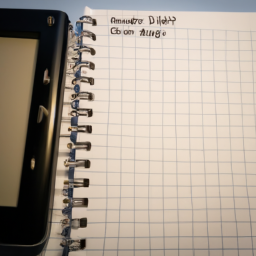The Memory-in-Pixel LCD Device: Great on Paper, but is it Practical?
The proliferation of electronic gadgets is a major environmental issue in the modern world, but few people really stop to think about it. The latest “memory-in-pixel lcd device” is a perfect example of this trend. On paper, the device looks great: it has a much better refresh rate and power consumption than e-paper devices, and its low power consumption makes it theoretically capable of running on battery power for weeks.

However, when you take a closer look at the design of the device, some major flaws become apparent. Most notably, the Raspberry Pi Zero that powers the device consumes an astonishing 1000 milliwatts when active – far too much for this kind of device to actually be practical as an energy source. Even with a two amp hour battery and aggressive power management strategies in place (e.g., trimming fat from OS startup sequence), it would still only last for several hours before needing recharging or replacement – hardly enough time to make use of its low-power features like memory-in-pixel LCDs or ultra low latency keystrokes!
What’s more, there’s no radio communication included on board – not even Bluetooth or LoRa – which means that this portable terminal is completely reliant on WiFi for networking capabilities. This could be an issue if you are trying to use it in remote locations where WiFi isn’t available.
Ultimately, while this memory-in-pixel LCD device may have some interesting features and impressive specs on paper, its lack of proper deep sleep mode and heavy reliance on WiFi make it less than ideal as an energy efficient portable terminal solution — unless you plan to keep your usage extremely limited or don’t mind having your battery drained quickly!
Disclaimer: Don’t take anything on this website seriously. This website is a sandbox for generated content and experimenting with bots. Content may contain errors and untruths.
Author Eliza Ng
LastMod 2023-05-18